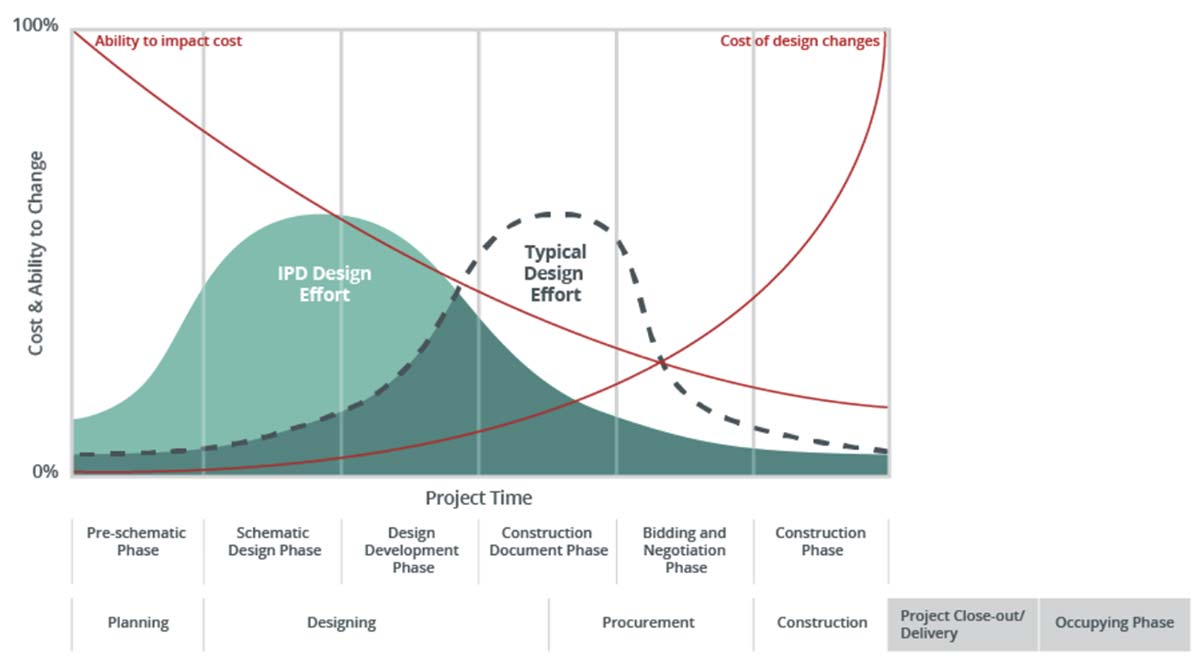Interior Architecture & Design: Sustainability
Categories: Interior Architecture
What makes your home design sustainable? Installing solar panels and switching to LED bulbs? Sure, those installations can help with costs over time, however, homeowners have noticed that some of these new installations featured haven’t made anything “sustainable”. According to Harvard Business News, Solar panels alone are set to enter landfills by early 2030s caused by incentives and tax subsidies to trade outdated panels for newer models.
What does “sustainable” really mean?
USGBC states, “An integrative process is a comprehensive approach to building systems and equipment. Project team members look for synergies among systems and components, the mutual advantages that can help achieve high levels of building performance, human comfort, and environmental benefits.” Synergies: exactly, finding synergies early in the pre-design phase helps homes become sustainable by identifying systems in the home that increases home, human, and environmental health. To find these synergies, one must not impulse shop solar panels, for example, and take a more integrative approach.
The Integrative Design Process (IDP) takes place at the very beginning of any home makeover. Thinking about design before you buy a house, and before jumping into new and sporadic home projects is when the IDP takes place. It would be even better to have a professional on hand during this time because they know to organize and plan for such event. During this time, the designer will work up preliminary plans and renders, ready for your approval, before moving on to the installation and construction phase. In other words, the right designer will help you save time, money, and waste (environmental waste from product production, wasting gas when driving around looking for whatever decor and then returning them all, and buyer’s remorse waste when final installations aren’t what was imagined).
United States Green Building Council (USGBC) and Whole Building Design Guide have diagrams showing renders in the discovery and schematic phase of the Integrative Design Process (IDP). Forbes takes an additional mention by reiterating the benefits of virtual design renders and how renders can prevent expensive mistakes. What really sets the bar for sustainability is having these renders to show to your contractors (or DIY). Contractors no longer have to guess what you are trying to say about a design you want. They no longer, on a whim, construct something from a photo off Pinterest and hope it turns out right. Contractors no longer need to drive to your home, only to disappoint after not understanding a design that is so visual.
100% of Contractors agree that renders (virtual design) help communicate homeowner’s vision easily and clearly, and in turn, 100% of homeowners prefer to see their interiors before starting installation.
Furthermore, sustainability is apparent in the codes and standards, and Principles and Elements of Art in Design. Not only will you receive tangible and sustainable products when working with an enlightened designer, but you will also receive a functional design specific to your anthropometrics, which is equally sustainable! When furniture doesn’t fit, sooner or later, you are either going to purchase more furnishing and décor to “fill in the space”, causing the room to feel too busy, or return and buy a completely new piece of furniture because the one you originally bought was too big! Thus, it will become a never-ending cycle of waste that usually happens if you don’t use the IDP.
Planning for a home design, whether you are looking for something more functional and practical, needs to start at the very onset of the project. This will prevent unnecessary setbacks that can impact the health of the home, people living in and around it, and ultimately the health of the planet. Hiring an interior architect and designer is a valuable decision every homeowner, or renter should make as they help organize and guide you toward a truly sustainable future.



Leave a Reply
Want to join the discussion?Feel free to contribute!